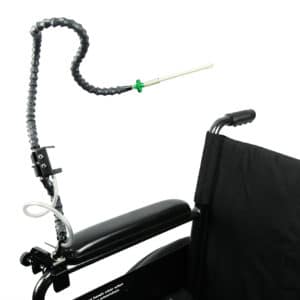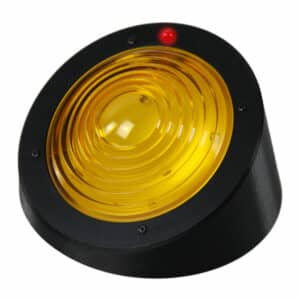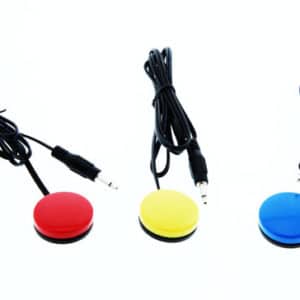Switches - Adaptive
Children and adults with motor limitations can still use technology through special switches. These disability-adapted switches can be used to operate home appliances, fixtures, toys, learning devices and different types of electronic gadgets. Before you browse our online store, here are some facts that can help you choose the best type of assistive switches for people with disabilities.
Categories
- Gumballs & Jumbos
- Hand, Finger & Body Switches
- Lights, Vibration and Music Switches
- Pillow Switches
- Plate Switches
- Saucer Switches
- Sip, Puff & Mouth Switches
- Special Switch Offer
- Special Switches & Kits
- Switch Modifiers
- Textured Switches
- Theme & Animal Switches
- Wheelchair & Bedside Switches
- Wireless, Movement & Sound Activated Switches
-
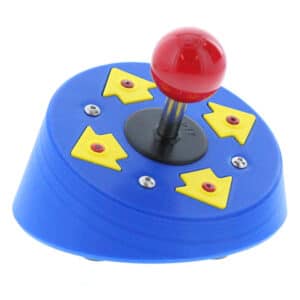 4-in-1 Joystick SwitchSKU #7301We've improved the design for this customer favorite! This Joystick Switch is an ideal solution for handling multiple adaptive switches.$119.95
4-in-1 Joystick SwitchSKU #7301We've improved the design for this customer favorite! This Joystick Switch is an ideal solution for handling multiple adaptive switches.$119.95 -
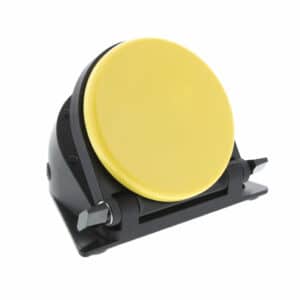 Adjustable Angle SwitchSKU #1032Extremely accessible, this 5 inch, colorful switch can be adjusted from a 32 to 90 degree angle to accommodate the unique needs of every individual.$119.95
Adjustable Angle SwitchSKU #1032Extremely accessible, this 5 inch, colorful switch can be adjusted from a 32 to 90 degree angle to accommodate the unique needs of every individual.$119.95 -
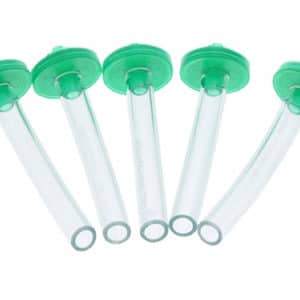 Anti-Contamination FiltersSKU #977Additional filters for the Sip and Puff Switch #970 and the Grip and Puff Switch #700. Comes in a Set of 6.$45.95
Anti-Contamination FiltersSKU #977Additional filters for the Sip and Puff Switch #970 and the Grip and Puff Switch #700. Comes in a Set of 6.$45.95 -
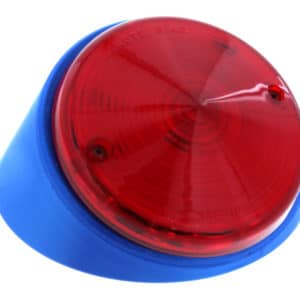 Bright Red SwitchSKU #262Improved design! Its large target area and bright red color make this a great choice for those who are visually impaired. Simple to operate, this versatile switch lights up and vibrates when pressed, and will also activate an adapted toy or device.$114.95
Bright Red SwitchSKU #262Improved design! Its large target area and bright red color make this a great choice for those who are visually impaired. Simple to operate, this versatile switch lights up and vibrates when pressed, and will also activate an adapted toy or device.$114.95 -
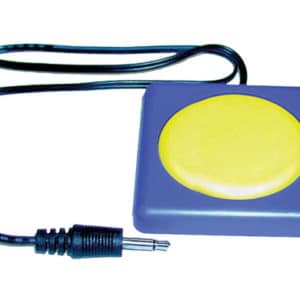 Button Click SwitchSKU #775WSometimes simple is best. This reliable little switch provides momentary output with merely 40 grams of pressure!$47.95 – $107.95
Button Click SwitchSKU #775WSometimes simple is best. This reliable little switch provides momentary output with merely 40 grams of pressure!$47.95 – $107.95 -
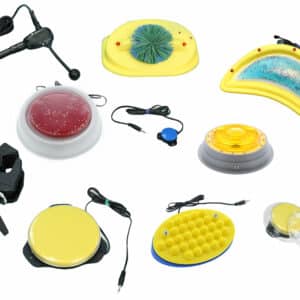 Classroom Switch KitSKU #7803NThis versatile kit accommodates almost every student’s needs. Includes the Ultimate Switch with 19" gooseneck for those who use their heads to activate toys and devices...$873.95
Classroom Switch KitSKU #7803NThis versatile kit accommodates almost every student’s needs. Includes the Ultimate Switch with 19" gooseneck for those who use their heads to activate toys and devices...$873.95 -
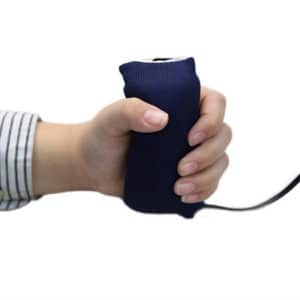 Cushion Grip SwitchesSKU #3137WOur “handiest” switches are super-sensitive and fit most users. Item #3137 is also available at a discounted price if you order it as part of our Switch Special Offer - #736W$57.95 – $59.95
Cushion Grip SwitchesSKU #3137WOur “handiest” switches are super-sensitive and fit most users. Item #3137 is also available at a discounted price if you order it as part of our Switch Special Offer - #736W$57.95 – $59.95 -
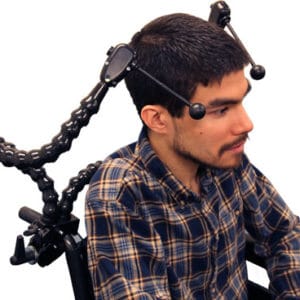 Easy Flex Dual Ultimate SwitchSKU #8209Two Ultimate switches, one mount! Easily activate two devices – access has never been more convenient.$319.95
Easy Flex Dual Ultimate SwitchSKU #8209Two Ultimate switches, one mount! Easily activate two devices – access has never been more convenient.$319.95 -
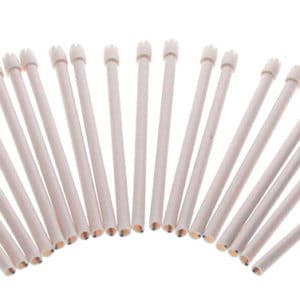 Extra StrawsSKU #960-SAccessory for Sip and Puff Switch #970, 36″ Easy Flex Sip and Puff Switch #974 & Grip and Puff Switch #700. Comes in a Package of 20.$23.95
Extra StrawsSKU #960-SAccessory for Sip and Puff Switch #970, 36″ Easy Flex Sip and Puff Switch #974 & Grip and Puff Switch #700. Comes in a Package of 20.$23.95
What Are Adaptive Switches?
An adaptive switch is an access device that allows people with movement-limiting disabilities to use technology and operate electronic devices. Instead of the person performing complex actions such as turning a knob, adaptive switches will offer easier movement solutions, such as pressing a button. It’s possible to have a switch adapter for toys, home appliances, voice-output communication tools, computers and more.
Adaptive switches for special needs provide an interface between the technology and the person with the disability. They modify the normal switch to give the person access, and they’re designed to suit the person’s unique ability. When students with disabilities use such switches, they can work more independently and participate actively at home, at school or in their neighborhood.

Different Types of Adaptive Switches for Individuals With Disabilities
Adaptive switches may be categorized by the way they’re used, their unique features, the response required to create the switch action and the kind of assistance they provide. Some of the categories of adaptive switches and assistive technology available today include the following:
- Hand, finger and body switches: A variety of switches which allow people with limited movement to access devices with the slightest movement of a finger or wrist. Another device in this category is the joystick. It can be mounted on the tip of an armrest. Joysticks may be used to activate more than one type of device by moving the joystick in different directions. The same joystick may be programmed to activate a phone, tablet, TV or array of Bluetooth-enabled devices.
- Light switches: Optical switches are activated by eyes’ movement. The switch is open until the user blinks. As soon as the user blinks, it interrupts with an infrared beam, and the switch is closed.
- Sound switches: Sound-activated switches allow people with movement limitations to use their voice or any distinct sound to operate the switch. Simply saying “ahhh” can make the switch perform a desired action.
- Pillow switches: Pillow switches usually have a soft foam that serves as the activation surface. When the soft surface is pressed, it gives tactile feedback and an audible click. The switch may be activated by the head, shoulders, arms or hands.
- Plate switches: Plate switches are large button switches that are suitable for people who can’t use the small buttons and controls on most adapted devices. They usually have a very large button that is ergonomically designed to respond to the gentlest touch.
- Saucer switches: Saucer switches are ability switches that are specially designed for those who are unable to control or sustain the hand or wrist movements necessary to activate traditional plate switches. Saucer switches are activated with just a light touch and some can be angled to accommodate varying abilities.
- Mouth, sip and puff switches: These switches are equipped with a mouthpiece that allows the user to issue commands by a sip or a puff. The negative pressure produced by a sip and the positive pressure created by a puff causes the switch to come on or go off.
- Wheelchair and bedside switches: These switches are fitted to the wheelchair’s armrest or attached to the user’s bed. Some switches are activated by the fingers, while others are activated by shoulder movement, neck motion, sound or vibration.
What Can Adaptive Switches Be Used For?
Adaptive switches can be used to operate a wide variety of appliances. They enable people with limited motor skills to use devices with buttons that are inaccessible to them. Examples of uses of adaptive switches include:
- Activating toys
- Operating learning devices
- Using computers
- Operating television and radio
- Activating light switches
- Controlling a wheelchair
- Using kitchen appliances
- Activating speech generation devices
How Do I Choose the Right Adaptive Switch?
When you need to select an adaptive switch for your loved one, here are some of the vital factors to consider:
- Actions needed to use the switch: The person using the switch shouldn’t experience strain or fatigue while using it.
- The part of the body the person will use: Choose a switch that the user will operate with any of their unique abilities.
- Range of motion: If the person’s range of motion is small, the switch must be activated with a simple and short movement.
What are the Benefits of Adaptive Switches?
Adaptive switches help people living with limited movement to enjoy the following benefits:
- Greater independence and improved self-esteem
- Improved communication with caregivers
- Enhanced brain development for children
- Better access to technology and computers
- Ability to use their limited abilities to complete learning tasks
Shop for Adaptive Switches for Your Loved Ones Online
Browse our extensive range of adaptive switches designed to help your loved ones use and activate a wide range of devices. We can also help you create unique and personalized switches if you don’t find one that’s suitable for your loved one. Contact us today for more details about selecting adaptive switches.
